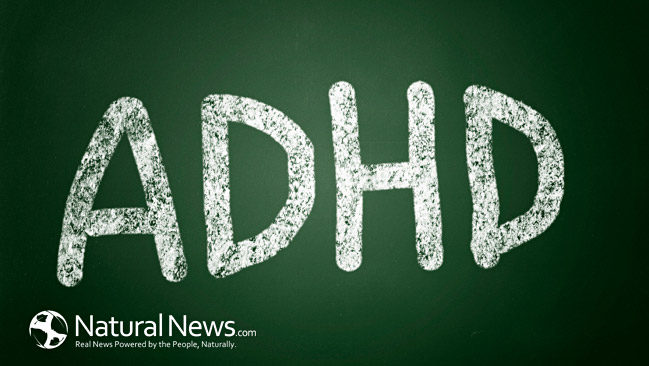ADHD: The Data
Attention Deficit Hyperactivity Disorder (ADHD) is a very real problem for millions of Americans. More and more adults are coming to the realization that poor focus, attention, and concentration, as well as other distractible behaviors, are significantly impacting their ability to effectively manage their families, careers, and social lives. Research funded by the National Institutes for Mental Health indicates that ADHD currently affects about 4% of adults in the United States.
The numbers in youth are higher, and on the rise (11% nationally as of 2011 according to the Centers for Disease Control and Prevention. It appears that “severe” ADHD symptoms improve with age in approximately 60% of the population transitioning to adulthood. What about the other 40%, or 3.6 million adults dealing with sometimes crippling distractibility and inattention? And the countless millions that are functioning with less severe symptoms that can still have a dramatic impact upon their reality? While no comprehensive current statistics are available, it appears that diagnosis of ADHD is escalating in adults as the signs of the disorder are gaining greater recognition in the home, workplace, and clinical settings.
Typical Medication Based Intervention
The most common intervention for ADHD in adults, and in our youth, is drug therapy. Drugs fall into two major categories based on their action within the brain: stimulant and non-stimulant. Stimulants are more commonly used and include drugs like Ritalin, Adderall, Focalin, and Concerta. Strattera is the most commonly prescribed non-stimulant medication. Other classes of drugs, such as anti-depressants, are used in non-responsive cases.
Alternatives to Medication Based ADHD Interventions
Many adults are seeking options to medications in the treatment of ADHD. As prescriptions are on the rise, so are the concerns about the side effects of common ADHD drugs including: addiction, sleep issues, headaches, loss of appetite/weight loss, nausea, and in some cases emotional disorders and movement disorders (i.e. tics). An increasing segment of our population wants to exert control over their behavioral challenges without relying on a “daily dose.” The above-mention medications are purely for symptom control. They do not in any way rehabilitate the brain out of the disorder – most adults are becoming acutely aware of this!
What are some non-medication approaches to improving brain function in those with ADHD?
- Exercise – Physical exercise is quite simply one of the best regulators of brain function known to man and woman. Production of chemicals that strengthen existing nerve cells, formation of entirely new nerve cells (neurogenesis), regulation of key brain chemicals that control mood and behavior (dopamine and serotonin), and improved circulation of blood and hormones in the brain and body are just a few of the extreme therapeutic benefits gained from regular exercise. Consult with a qualified practitioner to determine what exercise program is best for you and your brain.
- Diet – When the foods we eat are broken down into their simplest forms, they are nothing more than chemical messengers that tell the cells in our brain and body what to do. What we put into our mouths affects our brain function significantly, for better or for worse. Brain healthy diets include elimination of refined and processed foods (anything in a bag, box, or can), inclusion of whole foods, consumption of complex vs. simple sugars, high protein, adequate hydration (water!), and intake of healthy fats, among many other shifts in your eating habits. Your brain can’t help but work better with higher quality “gas in the tank.”
- Brain Training – This is the least understood and most confusing of all areas to the general public, and for good reason. There are a plethora of brain training methods to control ADHD advertised all over the radio, TV, Internet, magazines, etc. With this information overload how is one to determine what is most effective? Trial and error is one way, but that could likely be a very costly, time intensive, and stress filled approach. When choosing a brain training program, look for one that utilizes: tools that measure and manage brainwave activity (qEEG and neurofeedback), tools that measure and manage timing within the brain (e.g. Interactive Metronome), tools that measure and manage specific neurological functions related to ADHD such as eye movements and balance (videonystagmography and dynamic posturography), and tools that measure and manage cognitive functions such as attention, memory, and more. Any one of these “biomarkers” of brain function in the adult with ADHD can be trained to improve brain function, therefore reducing, or eliminating, the need for medication.
About the Author:
Dr. Michael Trayford is a board certified Chiropractic Neurologist and founder of APEX Brain Centers. APEX Brain Centers use cutting edge techniques and technology to optimize brain function. Their program is safe, effective, research-backed and offers hope to people who are having neurological issues. Dr. Michael Trayford and his team offer help for people suffering from concussions, memory loss, Alzheimers and ADD Brain Training at APEX Brain Centers. Learn more about Brain Training at the APEX Brain Centers website.





